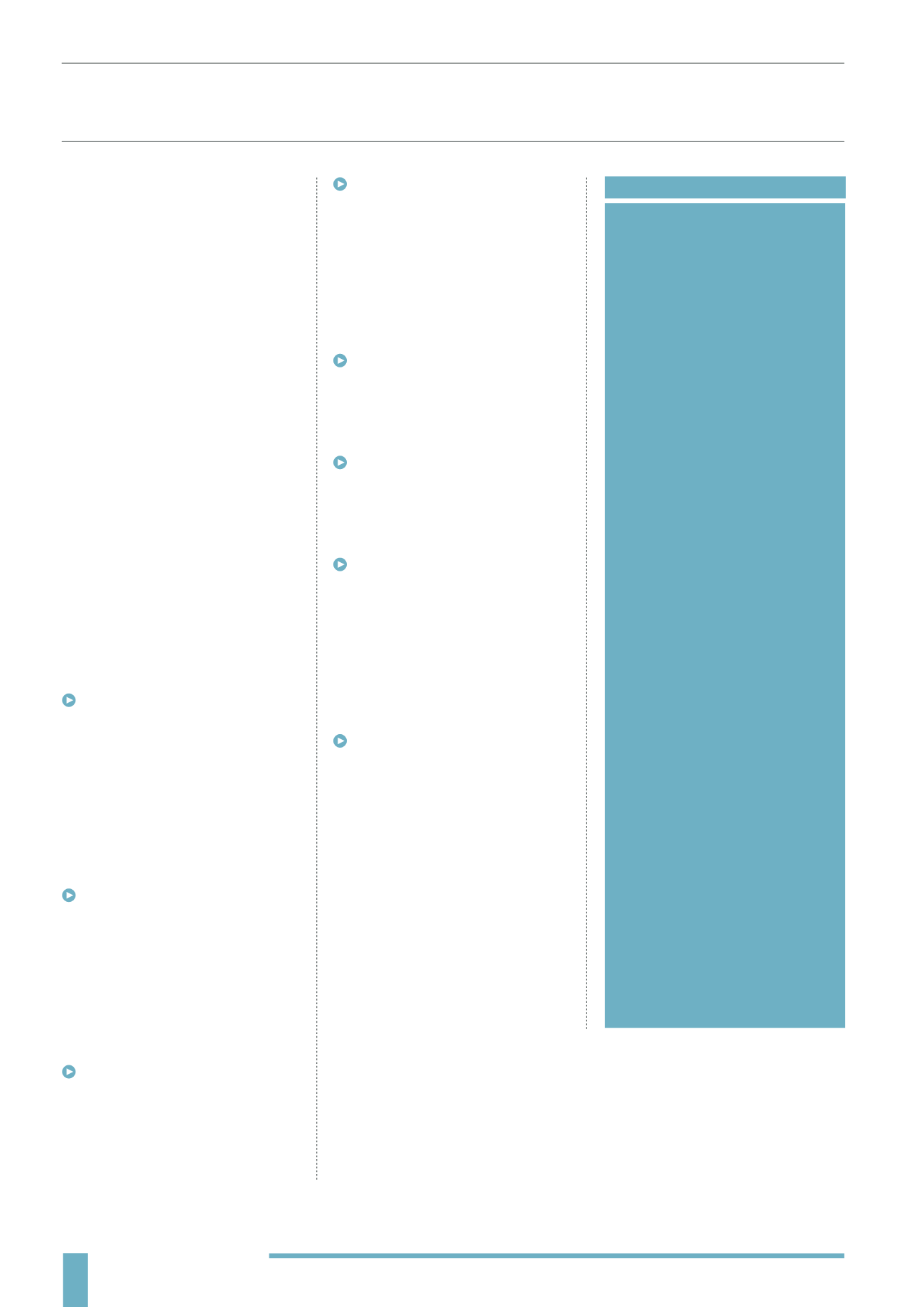
46
“Advisers can utilise their professional connections with solicitors by identifying historical Lasting
Powers of Attorney cases bearing IHT planning issues that can only be solved with a BPR solution”
Gavin Ingram, Blackfinch Investments
SPECIAL SITUATIONS:
BPR AND TRUSTS
A client may wish to place assets into
a trust - perhaps because of concerns
that the beneficiaries are currently
too young to be placed in charge
of a lot of money - but also want to
avoid the immediate IHT charge paid
on entry to most forms of trust.
In this scenario, the client can invest
in BPR qualifying assets, which
will be 100% IHT exempt after two
years, and then place those assets
in trust after the qualifying period.
As exempt assets, no immediate IHT
charge would arise - unlike placing
non-exempt assets in a trust.
SOME “NEED TO KNOWS”
FOR PLANNING
There are a couple of small but
important planning issues that might
not be immediately apparent from the
other sections of the report - so for the
sake of completeness we’ve captured
them here:
Each new contribution takes two
years to achieve IHT relief: if an investor
chooses to “top up” their BPR qualifying
investment, then that new investment
will require a further two years before it
qualifies for relief. All the managers
allow top ups, subject to minimum
investment levels, but usefully these are
usually lower than the minimums
applied to the initial investment
The IHT benefit is lost once money is
withdrawn by the investor: access to
funds is one of the big selling points of
BPR investments, but once funds are
accessed they will be subject to IHT if
they are not spent, and the relief is lost
- any money placed in the investment
subsequent to the withdrawal is treated
as a new contribution (as above)
However, there is a generous
provision for replacement assets - if
qualifying assets are sold there is a
three year window in which they can be
replaced with new qualifying assets,
without losing BPR
In the event of death within two
years of investment, the assets would
be subject to IHT at the full rate of 40%.
However, if the assets are transferred to
a spouse or civil partner upon death,
they are treated as if the partner had
held them from the outset - i.e. the two
year countdown to achieve IHT relief
does not have to restart
Manager reporting: the frequency of
valuations can vary from product to
product depending upon the liquidity
and ease of pricing the underlying
investments
BPR is only given on amounts
subscribed for qualifying investments,
so any initial charges deducted or
amounts held in cash will not be eligible
for tax relief
BPR as a relief via investment
vehicles is also available through
Enterprise Investment Schemes (EIS)
and Seed EIS (SEIS) and these should be
considered for clients too if their
circumstances are suitable. Factors such
as income tax and the opportunity to
defer CGT should be considered here as
being very important
Another important point to note - if
an investor sells their BPR portfolio at a
gain, it will be subject to Capital Gains
Tax. It could be at full rate, or at reduced
rate of 10% if the asset qualified for
Entrepreneurs Relief and the seller was
eligible to claim.
SUMMARY
Most advisers are going to have a
segment of their client banks where
IHT mitigation is one of their financial
planning needs, and as noted here
and elsewhere in the report, BPR does
have some advantages over gifts and
trusts. Advisers have to assess if - for
the clients they have in mind - those
advantages outweigh the additional
investment risk that is associated with
investing in BPR qualifying assets.
If they feel that they do, then the
simplicity, access to funds and speed
of BPR is very attractive.
There is certainly no reason why BPR
should be used exclusively. Gifting
should be maximised where possible,
and a mixed strategy would make
sense for some estates - gifts and
trusts used to ensure a portion of the
estate is handed down as planned,
and BPR for a smaller allocation
where the client still wants to retain
access and/or invest in growth assets.
Whilst “BPR” investment products
have been established to provide
as low a risk investment as possible
in order to mitigate IHT, there may
be numerous circumstances where
the potentially more risky option
of investment into EIS and SEIS is
preferable for a client, and all options
should be considered on their own
merits.
Finally, there are a few scenarios
where BPR is probably going to be the
only possible solution. Poor health,
excess capital within a business and
power of attorney scenarios are three
examples where BPR investment
products look like a better bet than
traditional estate planning tools.


